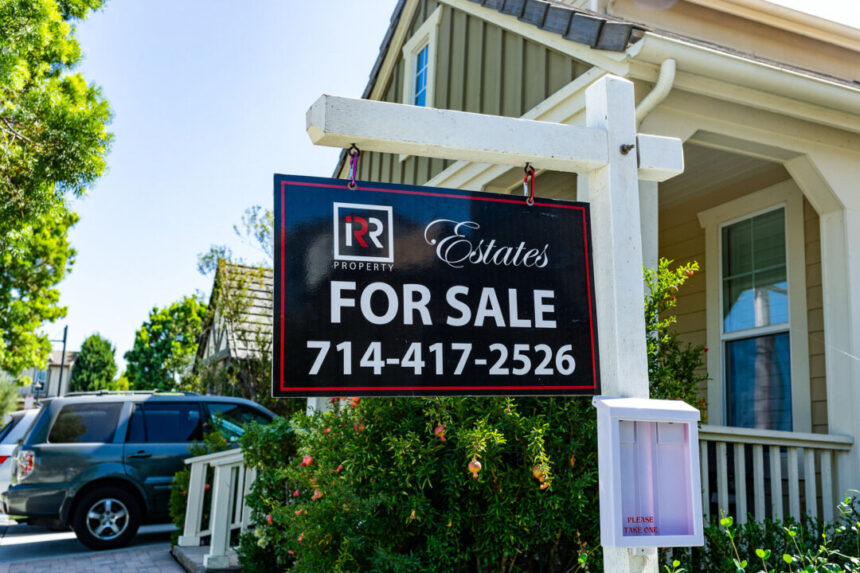Last month, housing production experienced a slowdown due to high mortgage rates. Mortgage rates have risen to nearly 7 percent after a recent drop to around 6 percent, posing challenges for the American housing market. The average rate on a 30-year fixed mortgage was 6.84 percent as of the week ending Nov. 21, up from a low of 6.08 percent in late September and approaching this year’s peak of 7.22 percent in May.
Freddie Mac’s chief economist, Sam Khater, noted that purchase demand remains low heading into the holidays, with new construction softening due to the elevated interest rate environment. Fannie Mae’s senior vice president and chief economist, Mark Palim, attributed the rise in interest rates to strong economic data and disappointing inflation readings.
The higher mortgage rates are expected to keep inventory additions and existing home sales subdued in the coming year. Fannie Mae’s Economic and Strategic Research (ESR) group revised its forecast, now estimating rates to end next year at 6.3 percent. The housing market is adjusting to President-elect Donald Trump’s policies, which include a crackdown on illegal immigration and tariff hikes on imported goods.
Despite the rise in mortgage rates, early-stage homebuying demand has surged to its highest level in 15 months. This influx of buyers and sellers post-election is seen as a temporary demand boom by Redfin’s economic research lead, Chen Zhao. Mortgage applications have increased, with FHA purchase applications seeing a significant jump.
While housing production slowed down in October due to elevated mortgage rates, builder sentiment improved in November. NAHB’s chief economist, Robert Dietz, anticipates lower interest rates for construction and development loans in the future, which could lead to stabilization in apartment construction and expansion in single-family home building. Please rewrite this sentence.
Source link





